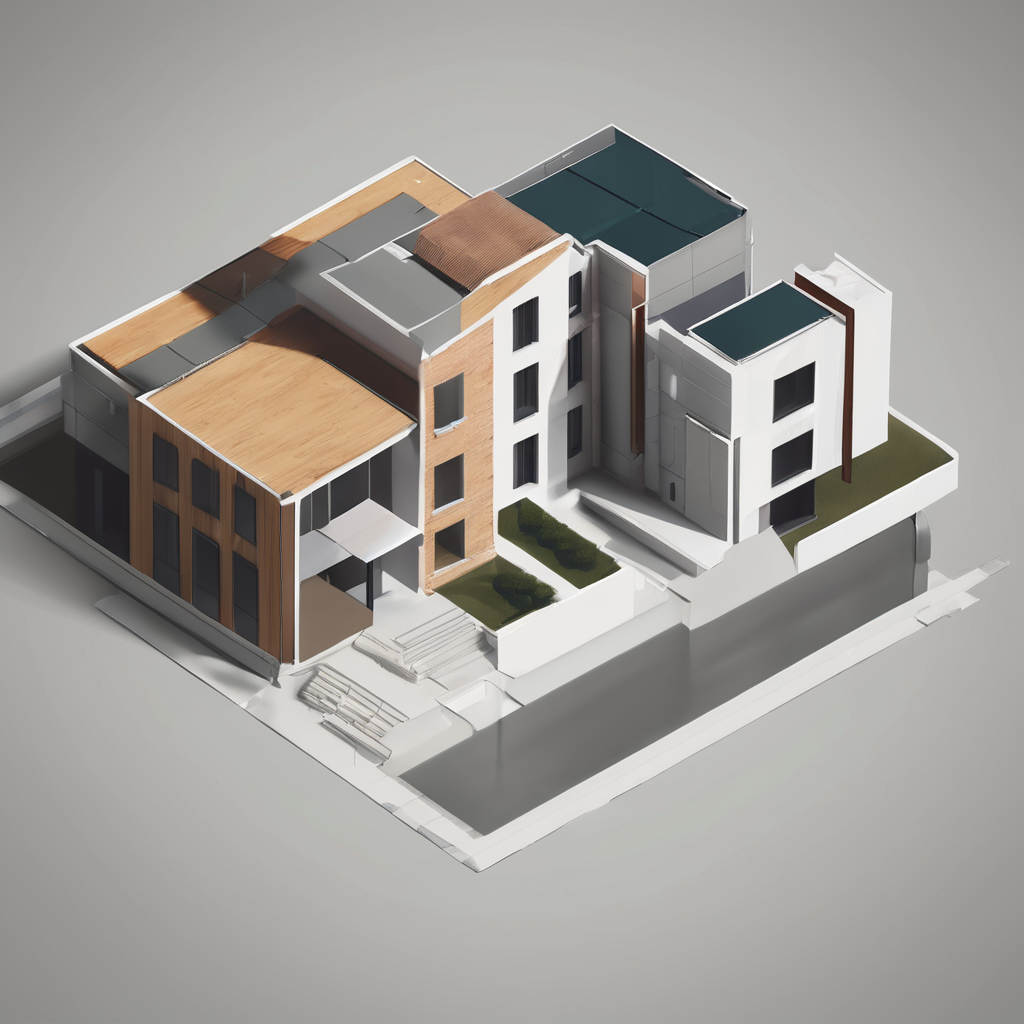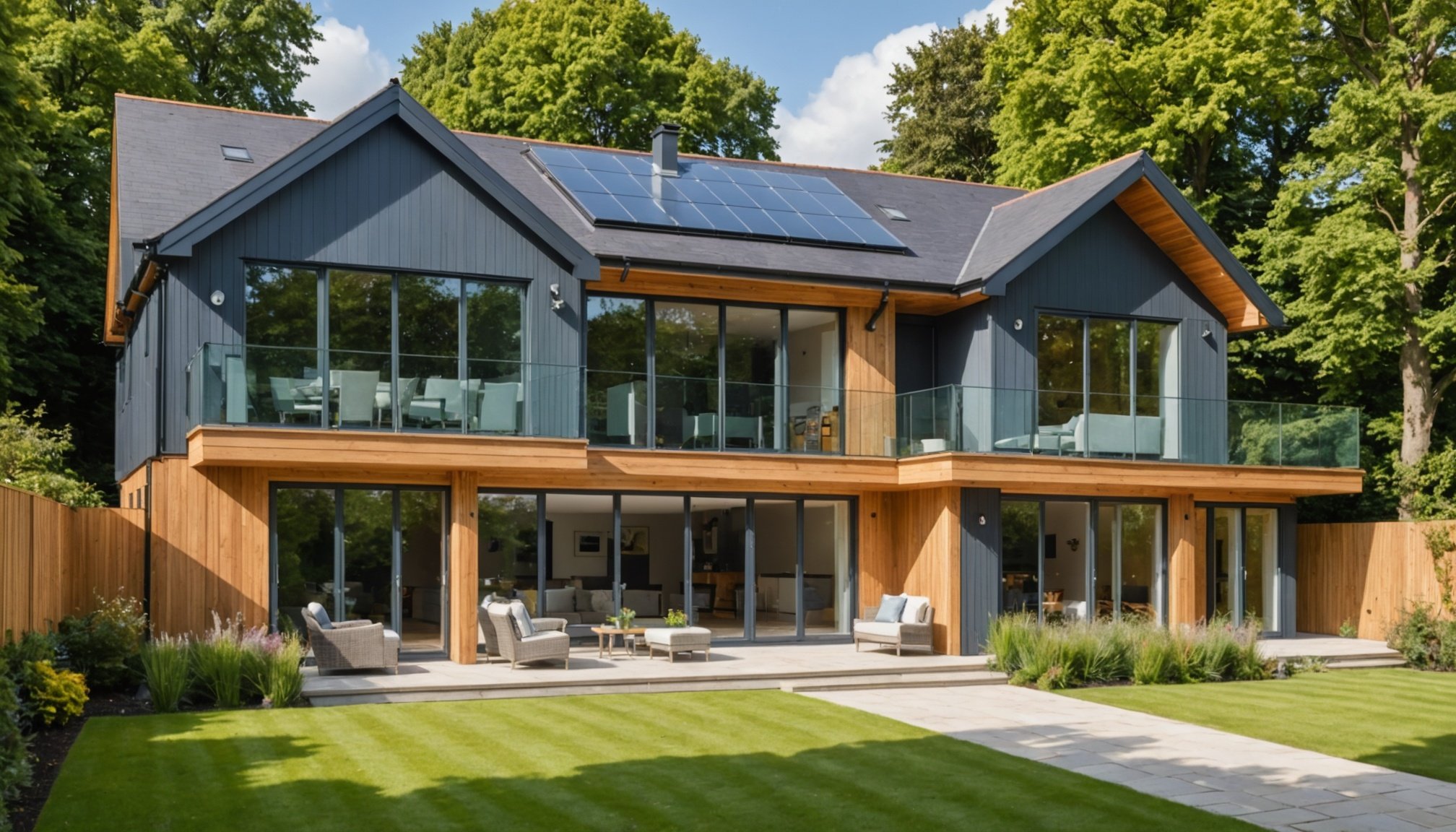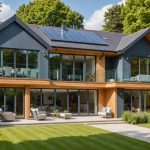Architectural Style and Historical Periods Affecting UK Home Value
The architectural style UK buyers seek significantly impacts property value, particularly in homes from notable historical periods. Period architecture such as Victorian, Edwardian, and Georgian styles consistently command premium prices due to their unique features and cultural appeal. Victorian homes, known for their intricate brickwork and sash windows, often attract buyers looking for charm paired with character. Similarly, Edwardian houses offer spacious rooms and large windows, appealing to those desiring natural light and traditional design.
Georgian properties, with their balanced proportions and classical elements, are highly coveted. These homes benefit from heritage status, which can increase property value by signaling enduring quality and prestige. Buyer demand for period homes rises from the desire for distinctive historical features often unavailable in modern builds.
In the same genre : What Future Remodeling Trends Could Transform UK Homes?
Premium resale values are particularly notable when period homes retain original characteristics such as decorative cornices, fireplaces, or wooden flooring. For example, a restored Georgian townhouse in central London often sells at a marked premium compared to newer constructions, emphasizing the value added by period architecture that connects buyers with the UK’s rich history.
Impact of Modern Design Trends and Contemporary Architecture
Contemporary architecture UK has significantly influenced the appeal and value of residential properties. One of the most prominent features is open-plan living, which creates light, versatile spaces that many buyers now seek. This layout supports modern lifestyles by combining living, dining, and kitchen areas, encouraging social interaction and flexibility.
This might interest you : What Factors Influence the Design of a UK Home?
Smart homes equipped with advanced technology are increasingly popular, contributing to higher market value. Features like automated lighting, security systems, and energy management attract tech-savvy buyers who appreciate convenience and efficiency. Integrating sustainable materials in construction and renovation also adds value, as environmental awareness grows among homeowners and buyers alike.
Moreover, modern extensions and internal redesign projects that blend seamlessly with existing homes can dramatically improve resale potential. Extending living areas or updating interiors to reflect current trends often results in a stronger buyer response and enhanced valuation. These value-added features highlight the importance of combining style with practicality to meet contemporary expectations in modern home design.
The Value of Eco-Friendly Features and Energy Efficiency
Eco-conscious living meets smart investment
Energy-efficient property is increasingly prized in the UK housing market. High EPC ratings signal lower running costs and reduced carbon footprints, making eco-friendly homes attractive to buyers. Insulation upgrades and green design elements like solar panels and double glazing significantly improve a home’s energy efficiency, raising its market value.
Government incentives support these improvements. The UK offers schemes that encourage property owners to install sustainable architecture UK features, such as the Green Homes Grant, which subsidizes insulation and renewable technologies. These measures not only reduce energy bills but also align with tougher building regulations aiming to cut emissions.
Expert analyses confirm investing in energy-efficient property is a sound financial decision. Homes with eco-friendly features often sell faster and command higher prices due to growing demand for sustainable architecture UK. The combination of regulatory pressure, consumer preference, and tangible savings underscores the lasting value of incorporating eco-friendly design in the property market.
The Importance of Layout, Extensions, and Space Utilisation
Understanding home layout UK is critical when aiming to increase your property’s value by maximizing space. Adding property extensions such as a loft conversion or reconfiguring the current floor plan can significantly impact the overall valuation. For example, a well-executed extension might add up to 20% more value, depending on location and design quality.
Securing planning permission is often necessary for major alterations. Expert guidance ensures your project complies with local regulations while optimizing your home improvement ROI. Ignoring these steps can lead to costly delays or unauthorized structures that reduce value.
Space optimisation goes beyond extensions. Smart reorganisation of a floor plan creates an open-flow layout, enhancing natural light and usability. Case studies from across the UK demonstrate that even modest adjustments, like merging smaller rooms or improving storage, can substantially raise market appeal without large investments.
Investing in property extensions or layout improvements effectively transforms underutilised areas into attractive, functional spaces. This strategic approach both enhances daily living and maximizes your home’s financial potential in the competitive UK property market.
Enhancing Curb Appeal and First Impressions
Small details in exterior design UK can significantly boost your home’s kerb value. A well-maintained façade, fresh paintwork, and thoughtful garden design create an inviting entrance that leaves a positive impression on visitors and potential buyers. Research shows buyers often decide within seconds based on the exterior, highlighting the critical role of curb appeal.
Estate agents emphasize that properties with strong curb appeal often achieve higher valuations and quicker sales. This premium stems partly from perceived care and lower anticipated maintenance costs. Simple maintenance tasks like restoring weathered woodwork or tidying landscaping can make a big impact.
Home staging professionals suggest that integrating seasonal planting with neat pathways and clean gutters enhances visual appeal naturally. Regular upkeep of exteriors ensures the property looks cared for, reinforcing its market value. Improving curb appeal is not merely cosmetic; it signals pride in ownership and investment readiness, ultimately benefitting sellers through better offers and faster transactions.





